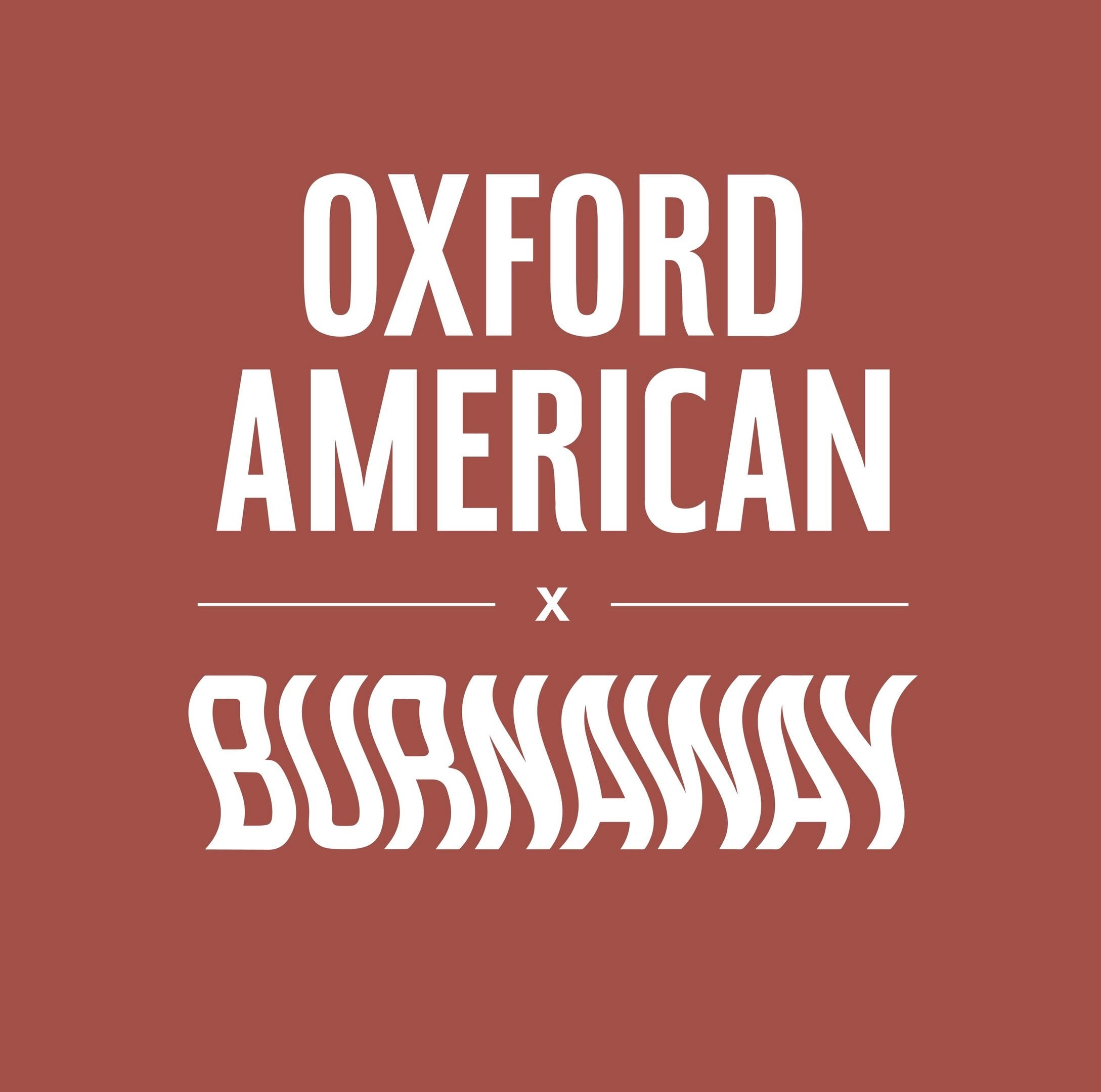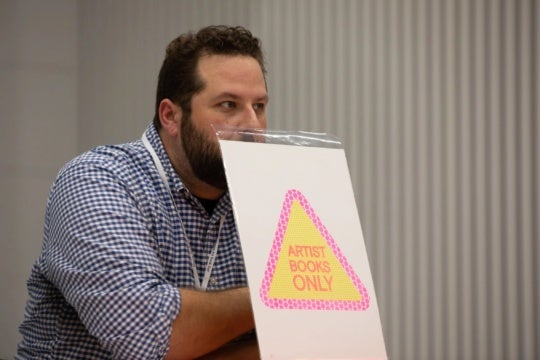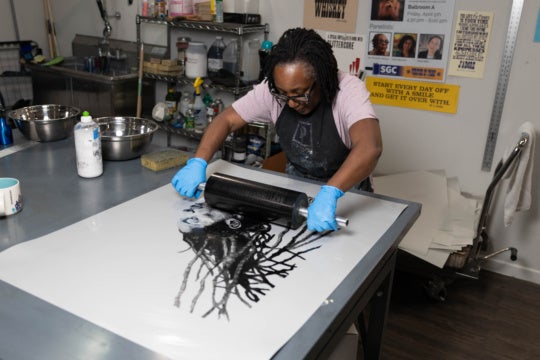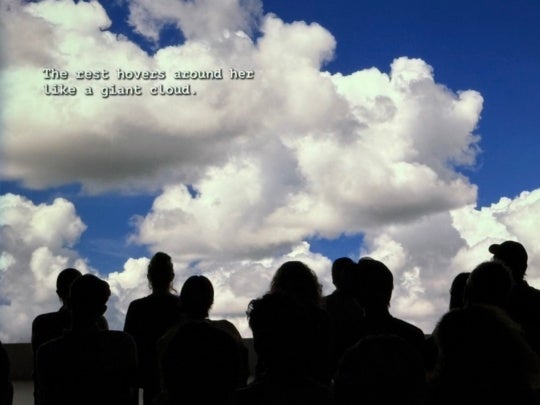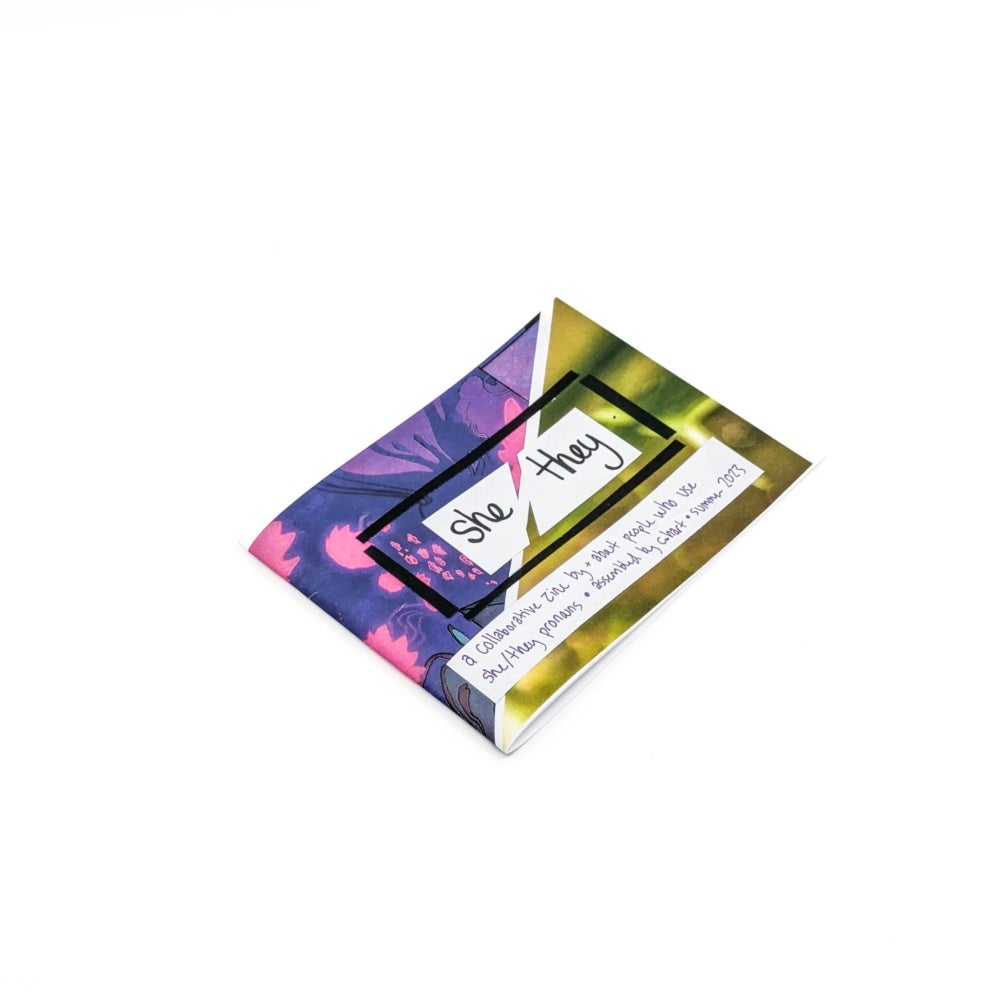
SHE/THEY. These words are printed in bold font on a purple and green 4’’ x 6’’ zine. I flip through pages illustrated with elaborate collages, crayon portraits, and pencil scrawl. The handwriting varies from page to page, but the unfiltered aesthetic remains consistent. This is no ordinary zine. SHE/THEY (2023), created by c hart, features the writings of hart and other gender-nonconforming individuals, specifically those that used both the pronouns she and they. “I want[ed] to have some kind of conversation with other people about this,” hart said. c hart lives up to what their name implies. Their entire being—as artist, teacher, and Winston-Salem resident—is bent on making others feel seen and cared for.
Each entry in SHE/THEY gives voice to those attempting to answer questions along the lines of: How does it feel to hear both pronouns? Which pronouns are used by whom? And why does the individual use both? One contributor shared that they have “‘held onto’ she/her for [their] mom.”1 Another cheekily broadcast via digital collage: “I don’t fucking know,” before tenderly adding:
“While I understand that the intention behind sharing pronouns is to create an inclusive environment where everyone can express their authentic selves, I can’t help but feel a sense of fear and unease when it’s my turn to declare my pronouns. Questions arise in my mind: Is it she? Is it they? It becomes overwhelming…”
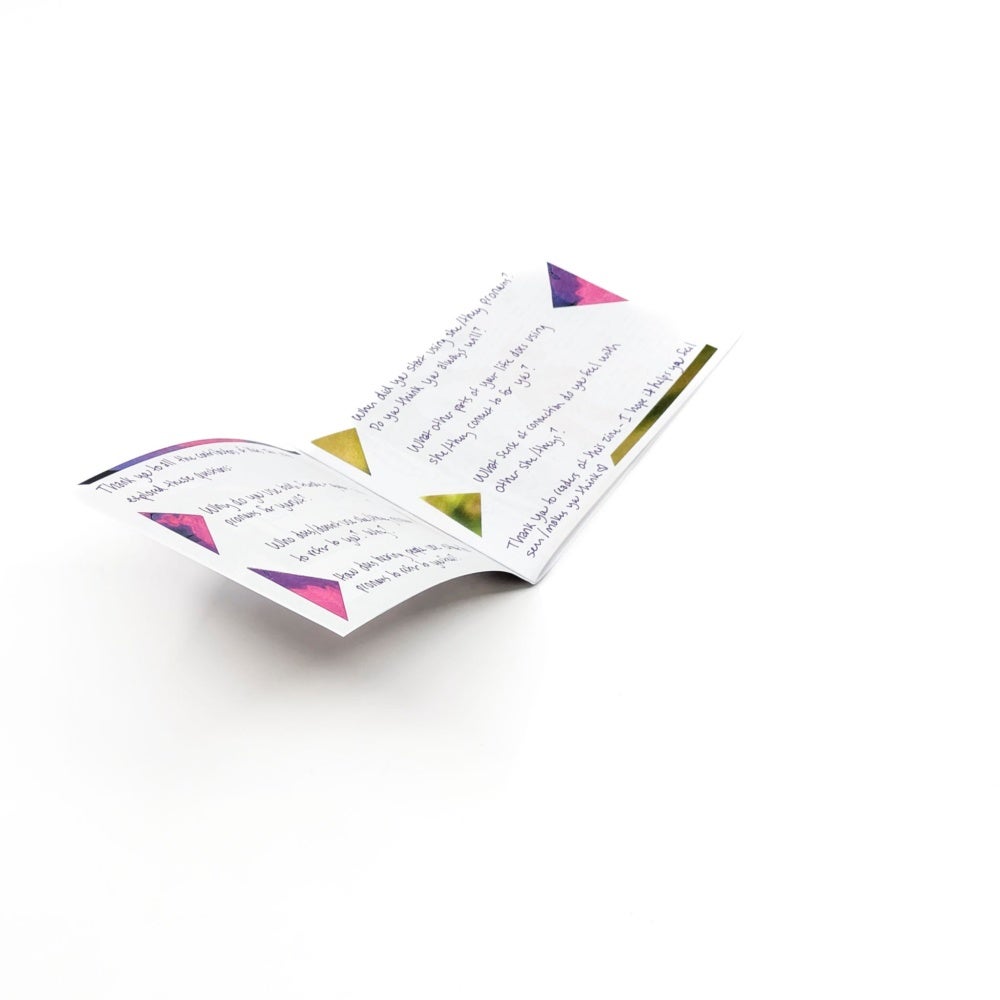
Within the collaboration process, hart isn’t interested in gatekeeping. They welcomed all the submissions from those that responded to the prompt. “It’s not about excluding anybody or having these rigorous standards for who gets in,” hart said. “The whole point is… you just have to have something to say.”2 She works intentionally to center the works of those that are contributing. “The call is always the first step,” hart explained that this comes before any of her illustrations or own writing begins. “Then I kind of see what other people contribute, and then I make my own thing towards the end.” In the instance of SHE/THEY, their contribution included a four page spread that put some of her own gendered associations to words.
Throughout their zine publications, hart has proved she has plenty to say, and she’s eager to engage others in the conversation. In another project they aimed to elevate the stories of LGBTQ+ individuals from the rural community they grew up in. “Thirty some people talked to me about their experiences, spanning the course of decades,” said hart. “I translated the highlights from those interviews to a digital zine that was about the LGBT history of my high school.” After compiling the zine, hart suspected that the individuals interviewed might benefit from being in community together. Thus, out of that project grew an alumni network advocacy group, dedicated to improving the culture at their alma mater. Hart hadn’t intended for a community to grow so concretely from the project, but had remained attuned enough to those they had interviewed to sense this need for connection.
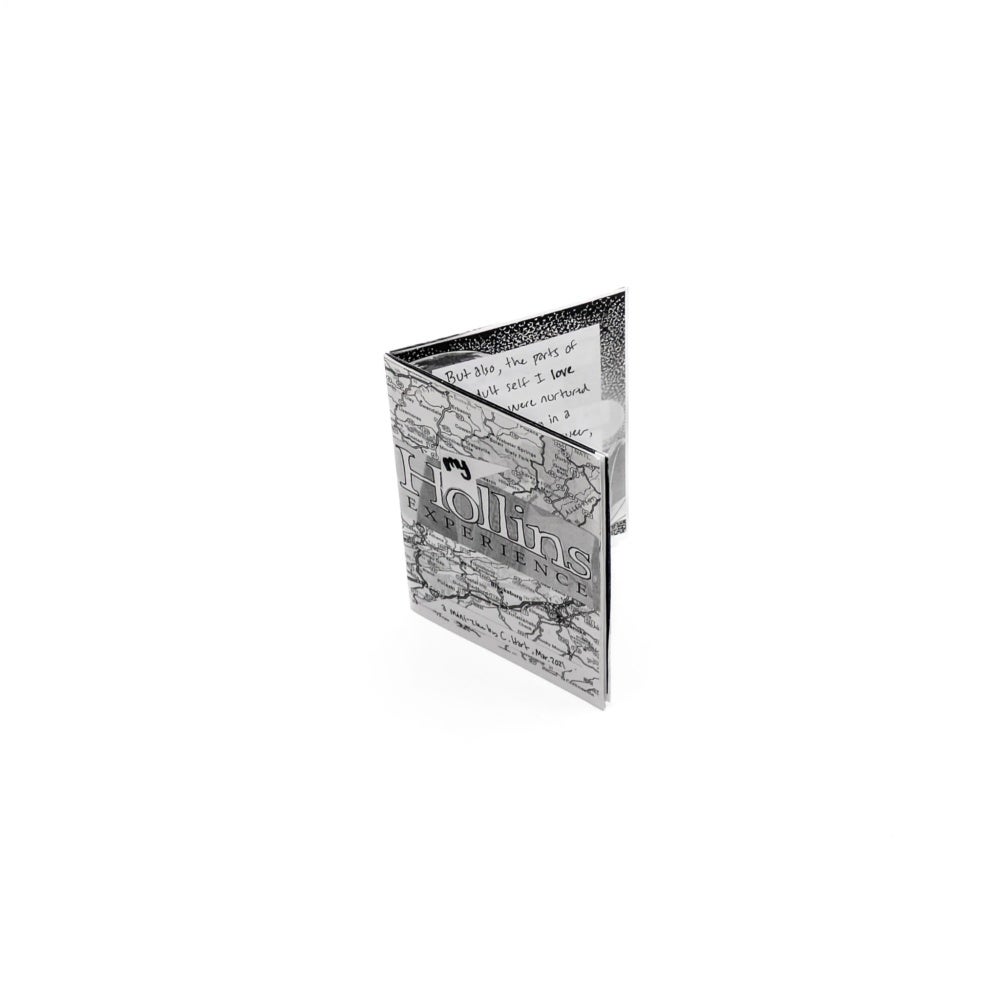
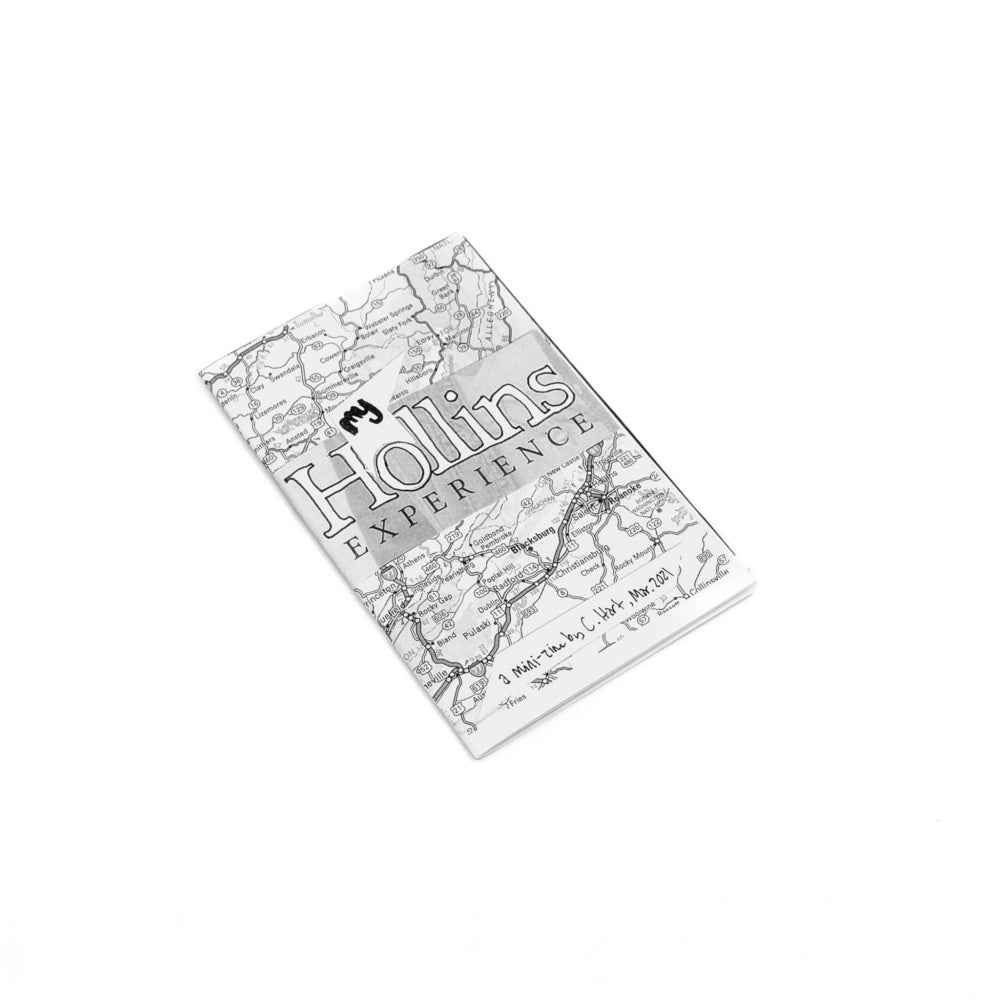
Not all of hart’s collaborations were initiated with willing participants, per say. As a high school teacher, hart, like many educators, has faced increasing criticism and pressure from students’ parents. In one of my favorite works, Challenging Content (2024), hart co-opts the text of critical emails and uses them as the backdrop to the zine. “To receive those emails felt so violent, and then to give myself permission to print them out and comment on them…” hart trailed off, but the implication was clear; she was taking back her power. Over these patronizing emails, they collaged a mix of their personal responses and notes of affirmations that they have received from students. “Your model for how to act in the face of oppression is sometimes the only way I don’t feel completely lost,” read the words of one student. These positive words sit atop the criticisms, making literal the sentiment that good can rise above.
“I learned about zines through third-wave-feminist, Riot Grrrl kind of stuff,” hart said. In Challenging Content, this influence runs clear. Quotes from students make it evident that hart has created an explicitly affirming space for LGBTQ+ students, but the inherent queerness of this zine extends far beyond this spirit. Hart’s intentional subversion of these emails brought to mind the words of queer theorist Dr. David M. Halperin who drew a connection between queerness and subversiveness.3
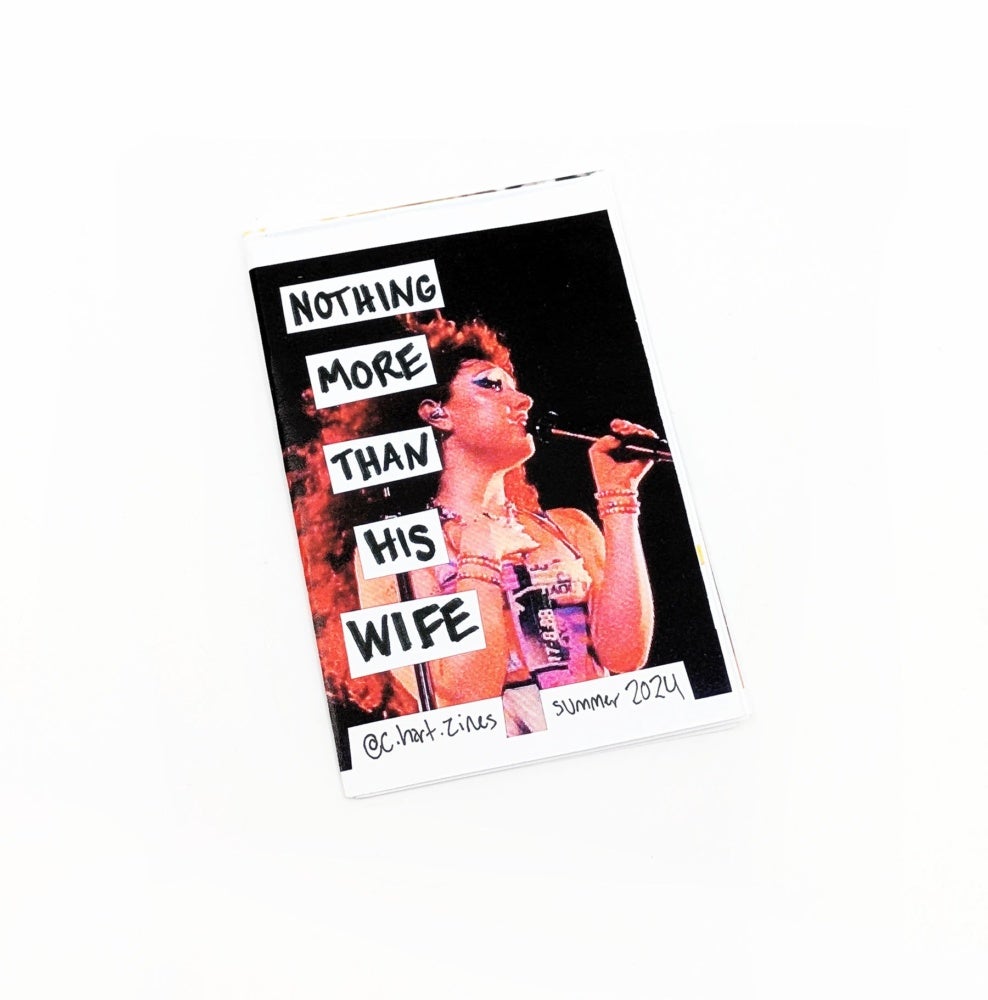
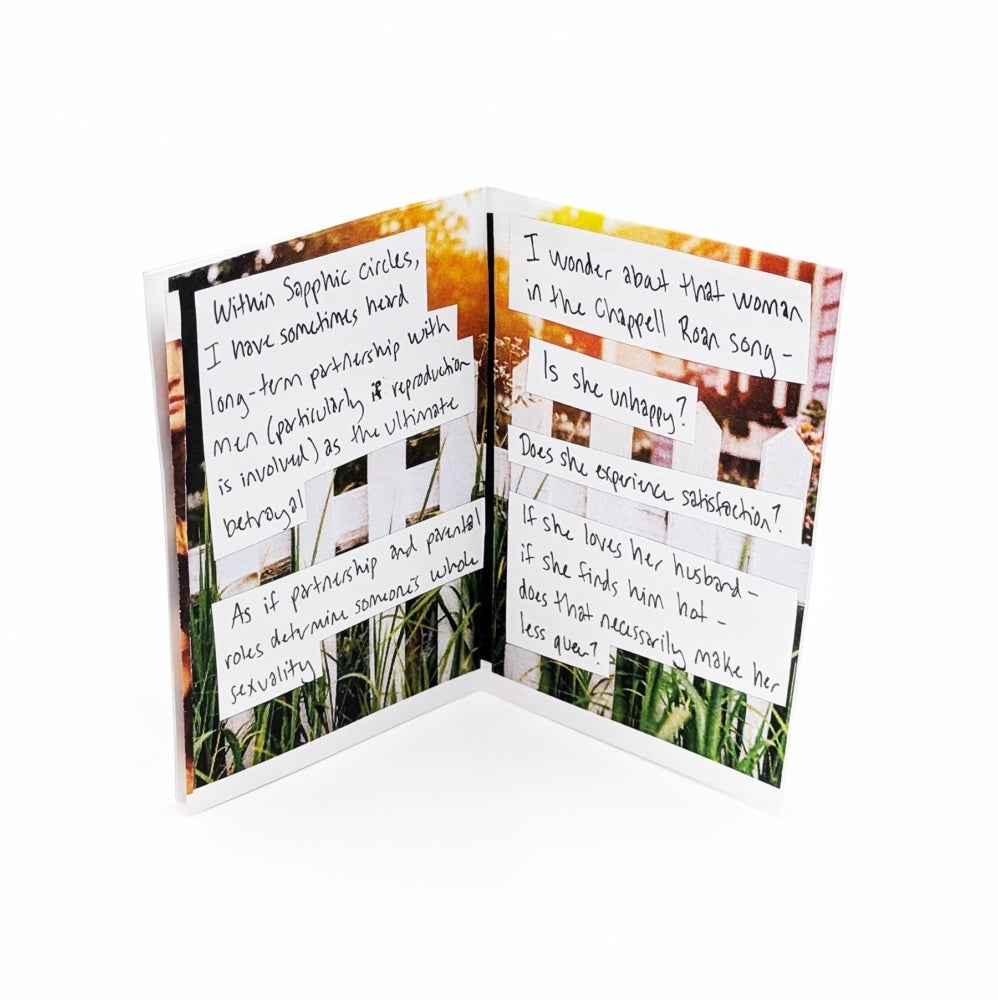
This same fashion of queering is also visible in Nothing More Than His Wife (2024). In this zine, hart explores a potential reading of latent biphobia in the lyrics of Chappell Roan’s song “Good Luck, Babe!” (2024).“I came of age during the run of The L Word (2004-2009)—I distinctly remember the characters glorifying ‘gold star lesbians’ (women who had never slept with men) and how much contempt Tina received when she dated a man… I internalized that contempt,” hart writes in the zine.4 They pull this thread towards Roan’s lyrics, closing with three contemplative questions for readers, “What would it take for her to be seen as queer? Does she get to have a say? Do we?” Hart leaves the question hanging, allowing readers to develop their own answers. Similar gestures are made in Meditations on Anti-Trans Legislation (2023) and My Hollins Experience Part 1 (2022) as the author ends the text in queried introspections and calls to action.
Their entire being—as artist, teacher, and Winston-Salem resident—is bent on making others feel seen and cared for.
While many of hart’s zines tackle serious topics with depth and breadth, she isn’t above a feel-good project. hart most recently made a short run exclusively for the students in one of her high school classes. Throughout the semester, her students jestingly begged her to share a ranking of the top ten genders. While hart skirted around this question, at the end of the semester they crafted a zine titled “Top 13 Genders” (2025). The genders were obscure references, such as “crew socks with sandals”, paying homage to a student in the class. The zine not only materialized the semester-long banter, it also left a clear message to each of the students in the class. You are seen. You are understood.
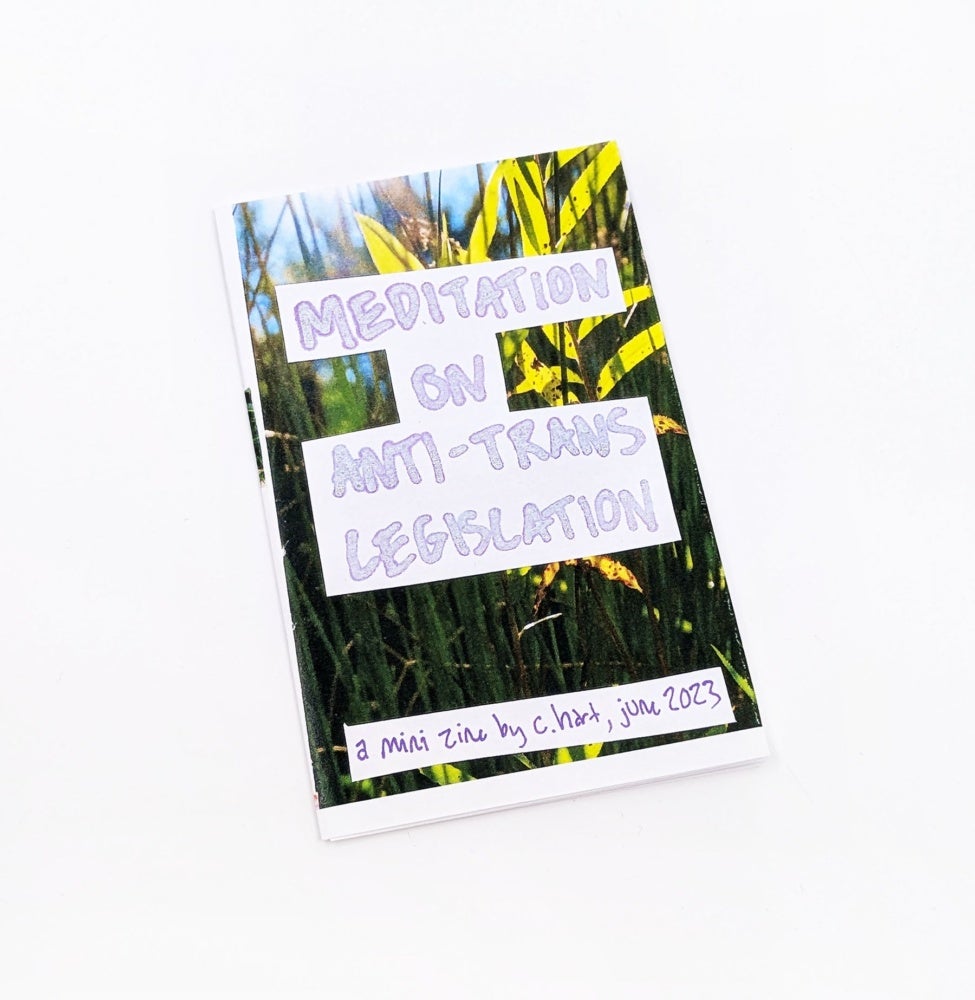
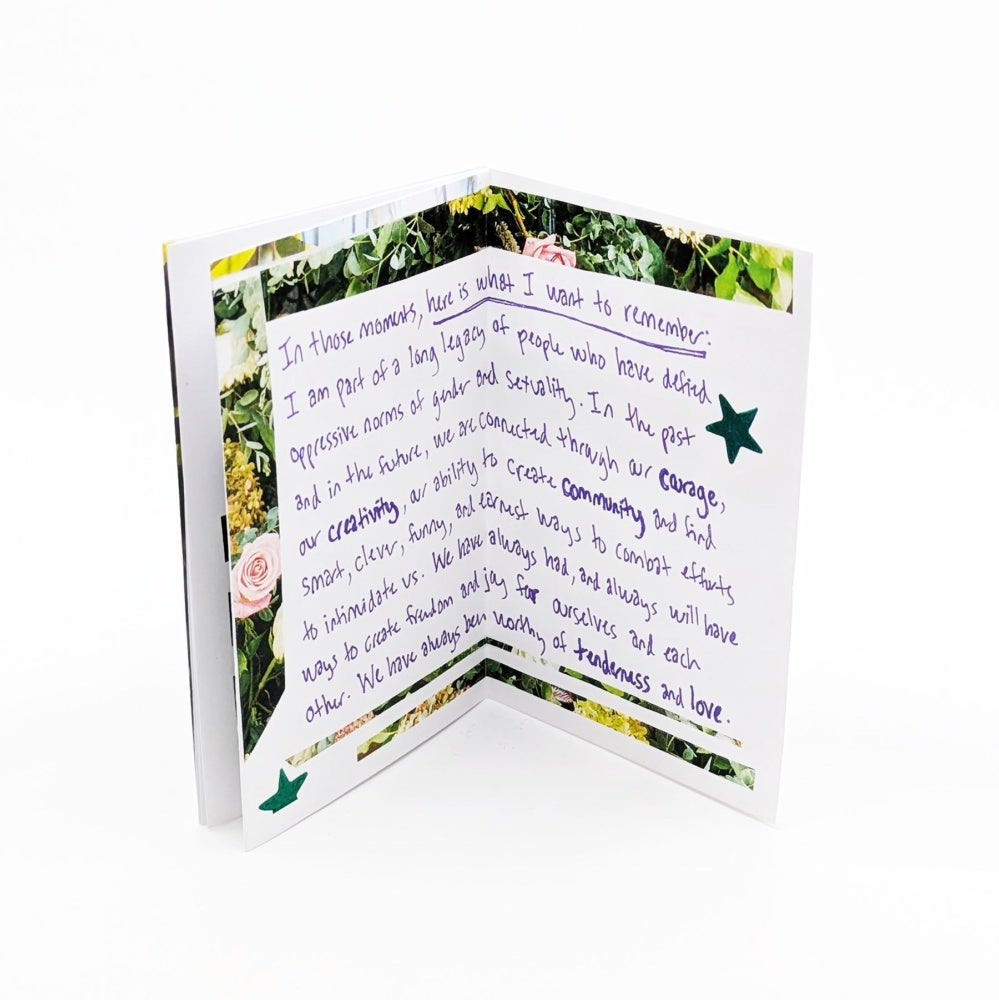
In that same spirit of uplifting their community, hart runs an ongoing series of zines dedicated to local Drag Queens. Each one focuses on a specific performer. The first two in the series highlighted Anna Yacht and Genesis de Vil. They describe that latter of the two queens as “the winner of multiple pageants (and all of our hearts).” The pages are littered with other similar sentiments, collaged atop photocopies of de Vil’s drag ephemera, an ensemble of letterman’s jackets, gold chains, and rhinestones. In praise of Anna (pronounced “On A”) Yacht, hart describes her as “the human equivalent of a fan full of glitter—clever, surprising, athletic, and planned-out, down to every last ADHD detail.” Hart also adopted a new zine format in her Yacht tribute, which features a centerfold poster: Anna, laying legs up on a bartop, while sporting a red bodysuit with lace-up healed boots. A loyal patron to the local drag scene, hart looks forward to further paying tribute to beloved queens and kings.
Hart doesn’t desire fortune or internet fame. Only recently did hart grant permission for a local Winston-Salem gallery to sell their zines. Initially, she was resistant to ascribe a monetary value to the zines. Prior batches had been mailed to loved ones, handed out at whim, and traded at zine fairs. Hart placates their fears about entering the selling market with assurances that the gallery will allow the zines to reach new audiences that might be impacted by the work. It is in this conversation that hart proves how close their artistic philosophy has stayed to the Riot Grrrl era origins. Their anticapitalist commitment is no facade, their desire to queer (to subvert) emerges in the pages of each zine.
- SHE/THEY (2023), entry by Leighla edited by Carrie Hart.
- All quotations by the artist are drawn from their interview with the c hart, 2025.
- The Normalization of Queer Theory by David M. Halperin, PhD.
- 2025 interview with c hart conducted by Shanley Poole.
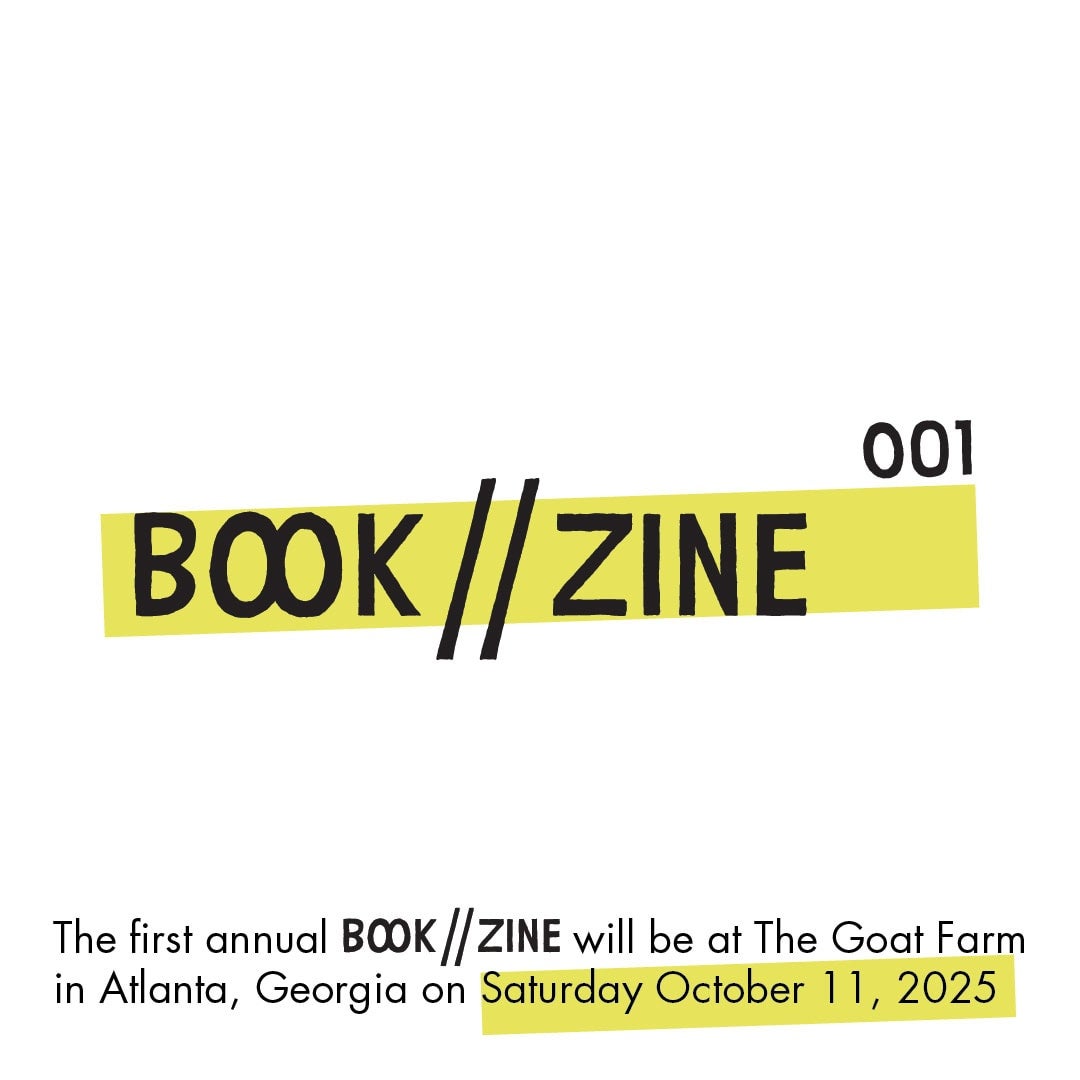
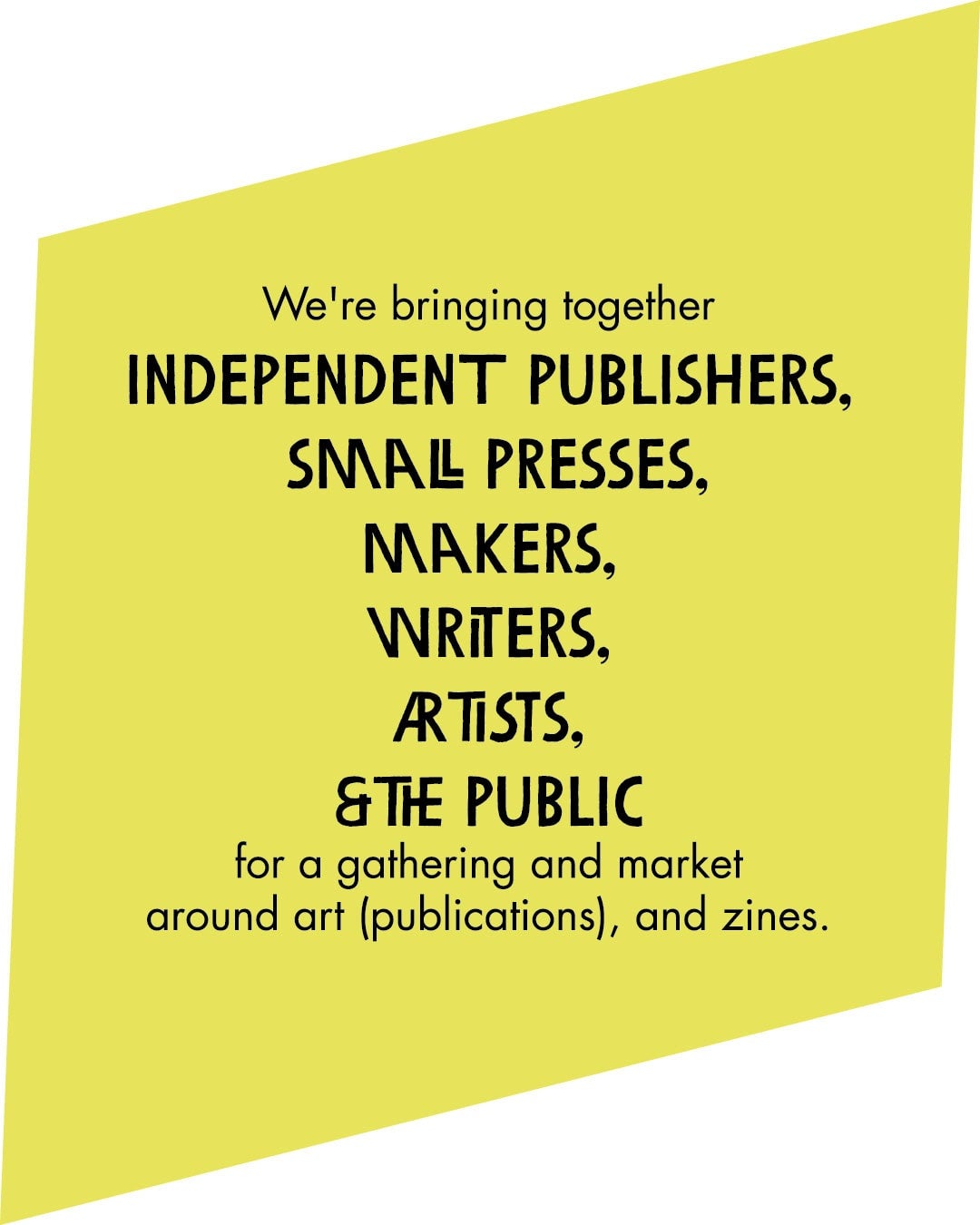
Book//Zine, Burnaway’s first annual art book and zine fair, will be held at The Goat Farm in Atlanta, Georgia on Saturday, October 11, 2025 from 11AM-5PM. We’re bringing together independent publishers, small presses, makers, writers, artists, and the public.
RSVP below to learn more!

